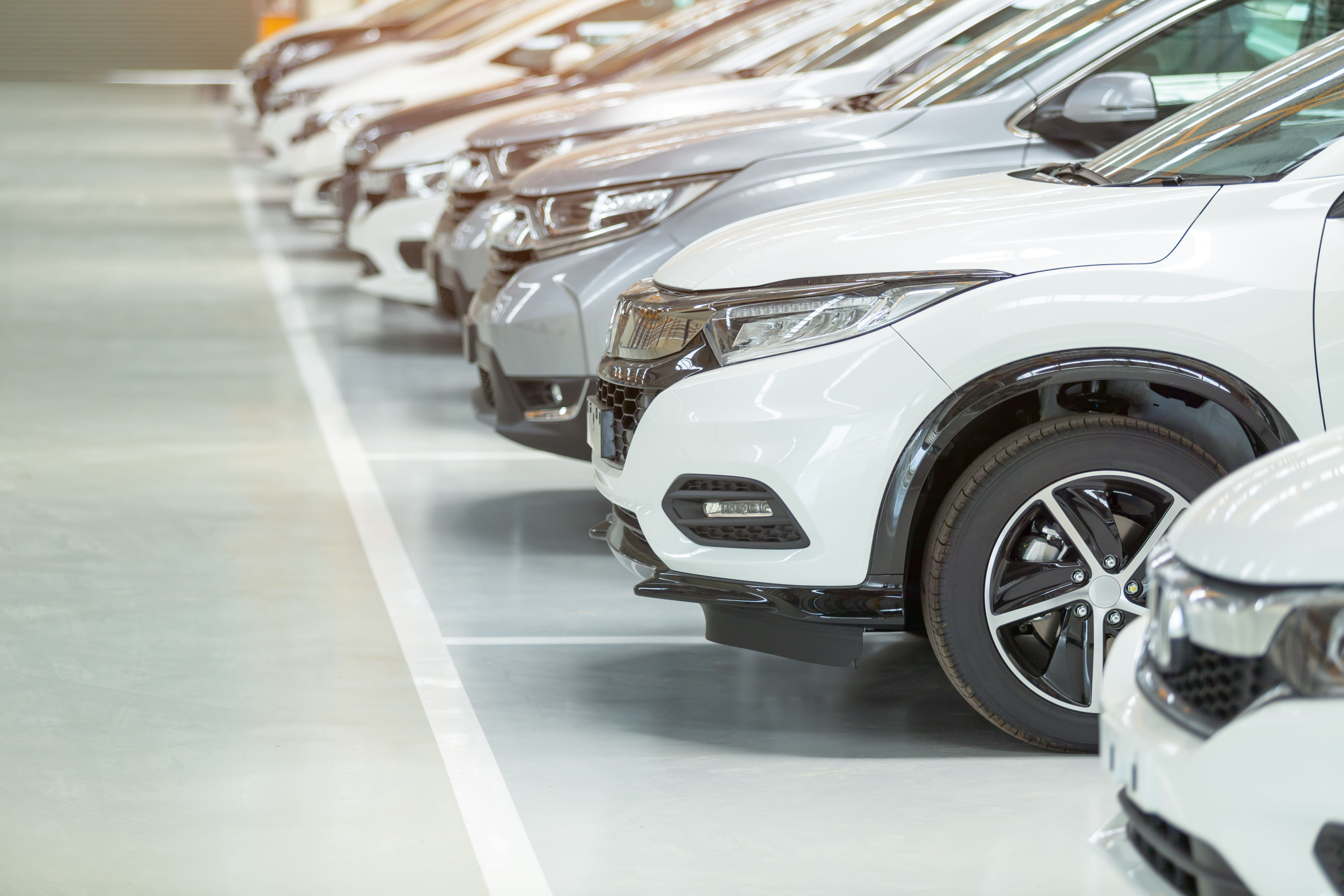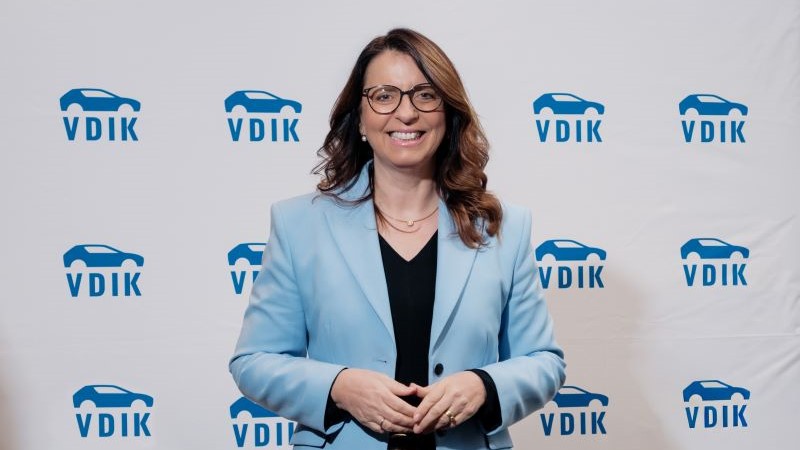– New passenger car registrations down 1 percent to 2.6 million
– E-cars: up 9 percent, momentum declining
– Truck market: 310,000 new commercial vehicles registered
– Forecast 2023: 2.75 million new passenger cars (up 6 percent)
The German passenger car market will remain at a low point in 2022. For the year as a whole, the Association of International Motor Vehicle Manufacturers (VDIK) expects a 1 percent drop compared to 2021 and only 2.6 million new passenger car registrations. This means that around 1 million fewer passenger cars will be registered than in 2019, the last pre-crisis year.
VDIK President Reinhard Zirpel commented on this in Frankfurt am Main today: “2022 did not bring us any positive surprises. Unfortunately, there were only a few bright spots for the auto market. Alternative drives also failed to live up to the high expectations.”
Electromobility: end of high momentum
According to VDIK estimates, around 740,000 electric vehicles are expected to be newly registered in 2022. That is an increase of 9 percent. The share of electric passenger cars in the overall market will increase from 26 percent in the previous year to now 28 percent. Despite the slight increase, VDIK President Reinhard Zirpel noted: “The previous high momentum for electric vehicles is coming to an end. Double- to triple-digit percentage growth rates as in the past years are over for the time being.”
Commercial vehicles
There will only be 310,000 new registrations in the German commercial vehicle market in 2022. However, the development within the weight classes will vary. Only light commercial vehicles will see declines (minus 14 percent). Heavy commercial vehicles will reach their long-term average level.
Forecast 2023
VDIK President Reinhard Zirpel: “We expect 2.75 million new passenger cars in 2023. This corresponds to a growth of 6 percent. We assume that the importance of individual mobility will remain high.”
Electric vehicles are also continuing to grow. With the end of subsidies for plug-in hybrids, we expect a 12 percent decline here to 290,000 units. Pure electric vehicles, on the other hand, will continue to grow. The VDIK expects 500,000 new battery-electric passenger cars (plus 22 percent). With around 790,000 new electric vehicles, their stock should then grow to around two and a half million by the end of 2023.
Mobility must remain affordable
Zirpel also explained that everyday mobility would become more expensive for many people as a result of the transformation to alternative drives: “Mobility must remain affordable even in the age of alternative drives. This is a central task for industry and politics. It is not helpful that the German government is cutting subsidies for the purchase of electric cars in this situation. After all, rising electricity prices are also having a negative impact on the cost calculations for e-vehicles. That’s why the electricity price brake for electromobility should come into effect.” The financial framework conditions for alternative drives would now have to be rebalanced to ensure the continued success of alternative drives until 2030.





